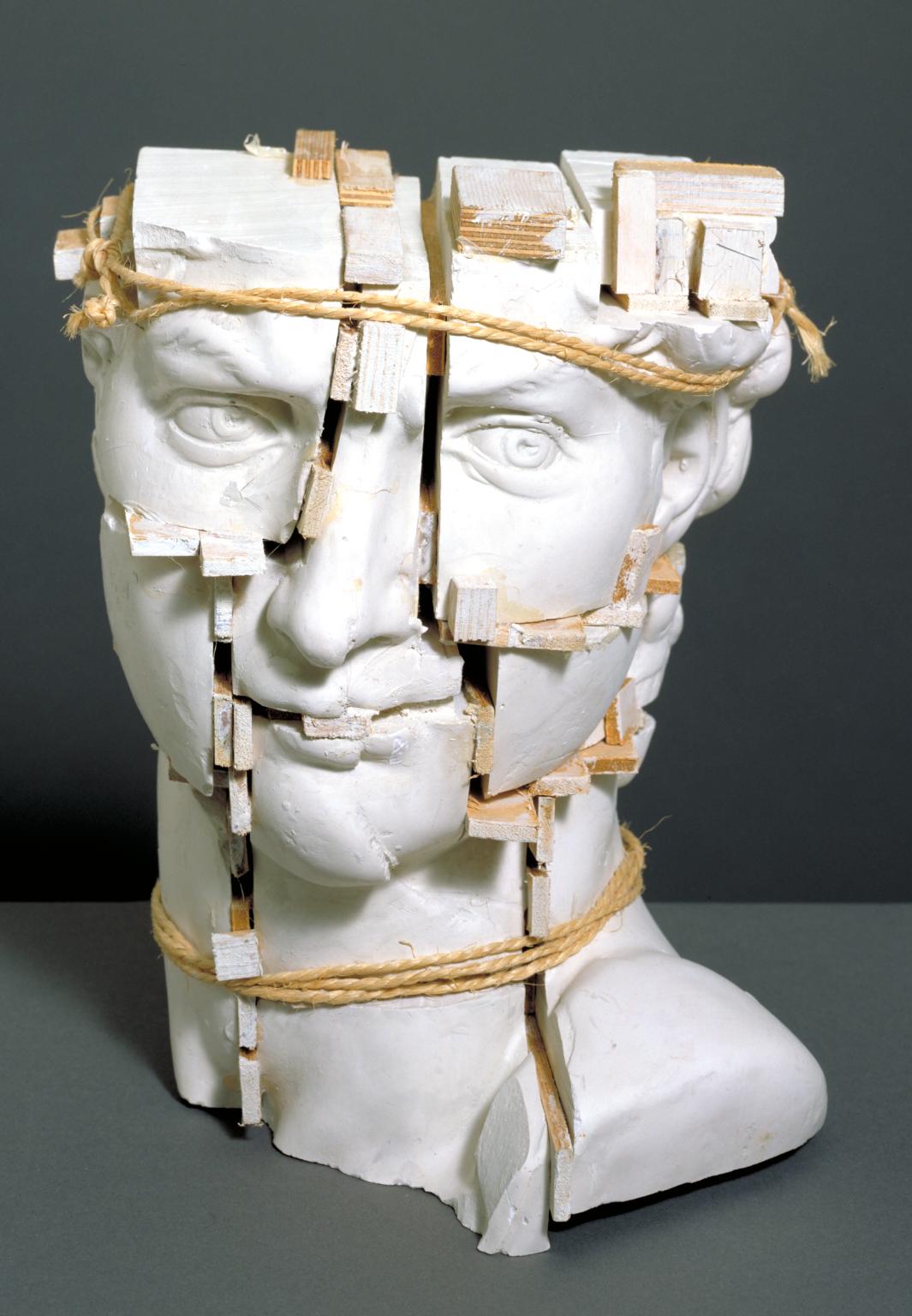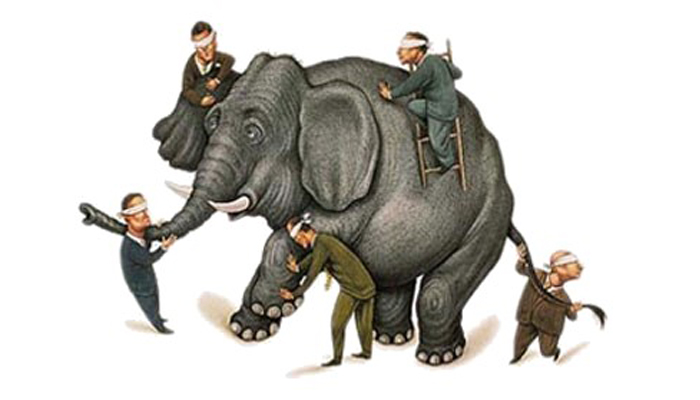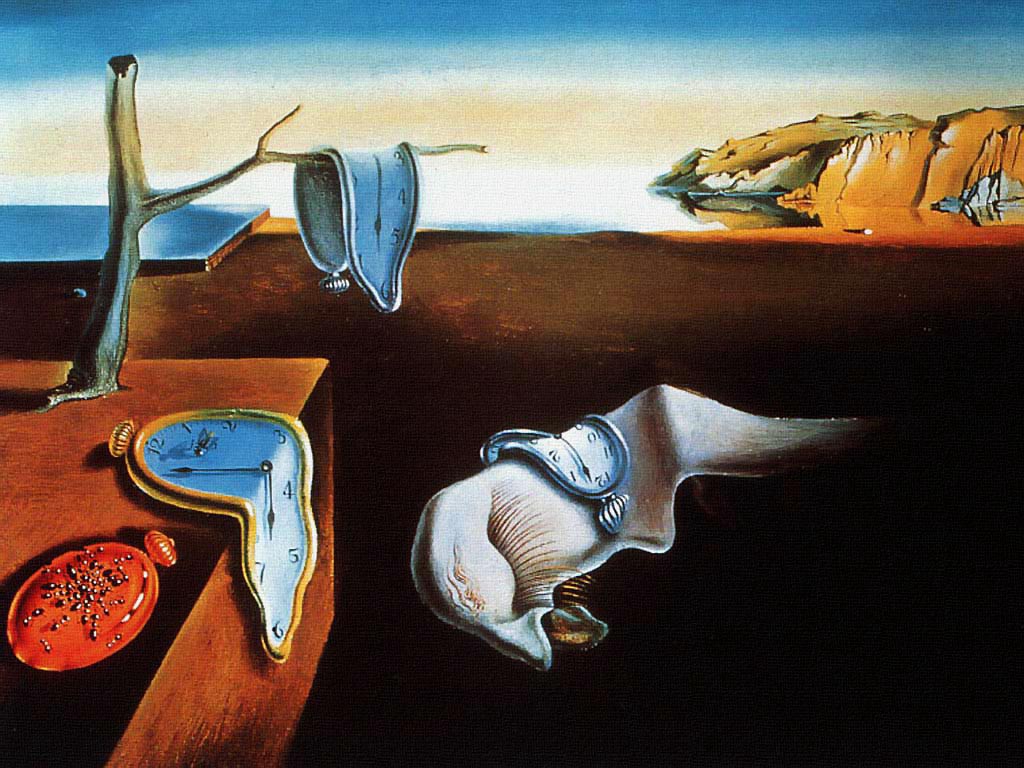
The recent fatal collision involving a Tesla car while in Autopilot self-driving mode, followed by another major crash a week later, and multiple less dramatic rear-end collisions, are calling attention not only to the state of autonomous-driving technology itself but also to the public perception and trust in self-driving cars.
Developing autonomous driving capabilities that are safe under most conditions is proving to be as difficult and time consuming as some have predicted. Most manufacturers are taking a conventional path, adding driver-assistance features gradually and building toward full or near-full autonomy that they expect to mature by the end of this decade. But Tesla, famous for its willingness to challenge the status quo and take business and technology risks, has chosen a much faster, if riskier, route.
Read More




